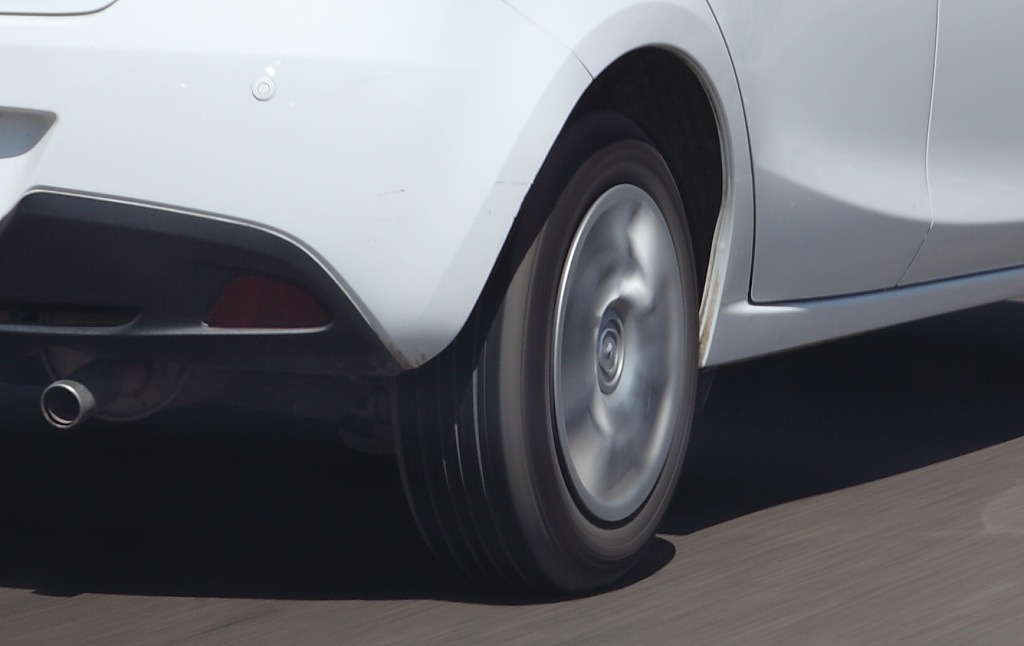
Background
Among all sources of pollutants, the transportation industry has a largely significant contribution. Although innovations such as hybrid engines have made fuel consumption more efficient, the uses of renewable energies are still being explored. The use of recycled energy comes into play. Kinetic energy during a vehicle's motion can be stored and used to recycle power to the engine.
Technology
Stony Brook University Department of Mechanical Engineering researchers have developed electromagnetic regenerative shock absorbers with high energy densities that are able to recover a vehicle's vibration energy which is otherwise lost due to road irregularities, vehicle accelerations and braking. Using the kinetic energy created from motions of the car (vibrations, braking, acceleration), magnetic coils would be placed within the spring mount that connects springs to tires. The coils of magnets then use electromagnetic forces to create energy that is to be recycled and used in powering the vehicle. Relative motion between the axial magnet stacks and coils is designed to convert the vibration energy into electricity while reducing vehicular vibration felt by passengers. For a typical mid-size vehicle, 100W to 1600W can be harvested. ,  This technology was previously awarded "Best Technology Development of Energy Harvesting" at an Energy Harvesting & Storage USA Conference.
Advantages
- Significant reduction in vehicle energy consumption - Fuel efficiency improvement of 2-8% - Better vehicular suspension control improving ride and passenger comfort - Reduction of greenhouse gas emissions - Low-cost, retrofit design
Application
- Passenger vehicles (fuel, electric, hybrid) - Military vehicles - Buses / semi-trailer trucks
Inventors
Lei Zuo, Assist. Professor, Mechanical Engineering
Xiudong Tang, Research Assistant, Mechanical Engineering
Pei Sheng Zhang, Research Assistant, Mechanical Engineering
Licensing Potential
Development partner,Commercial partner,Licensing
Licensing Status
Available for Licensing.
Licensing Contact
Donna Tumminello, Assistant Director, Intellectual Property Partners, donna.tumminello@stonybrook.edu, 6316324163
Patent Status
Patented
[8941251](https://patents.google.com/patent/US8941251)
Tech Id
8271
